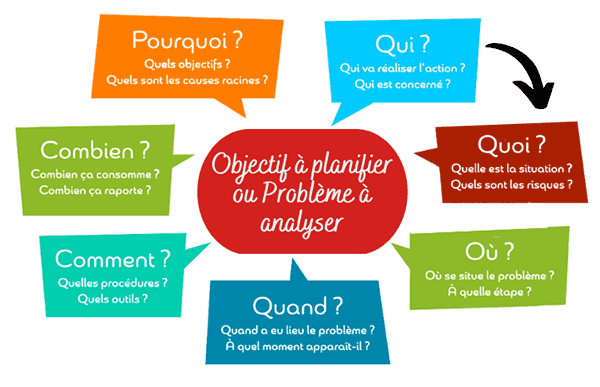According to a new study, young children would be able to learn and know how to read road maps from the age of four.

- Children would be able to read a road map from the age of four.
- To measure this, the scientists asked 175 children to participate in a spatial learning game.
- Reading a road map is linked to other cognitive skills such as memory, orientation or problem solving.
With the rise of GPS, fewer and fewer people are accustomed to reading road maps… But does that mean that we are no longer capable of it? No, and this skill would even be accessible to the youngest! Indeed, according to a study published in the journal Developmental Psychologya child would even be able to learn to do it from the age of four.
Before four years old, children cannot read a map
To achieve this result, the researchers studied the data of 175 children aged two to five years. They had them play a spatial learning game, requiring the same skills it takes to read a map.
Concretely, the scientists showed a sticker hidden in a virtual room to the young participants. Then, they had to look for another, in the same place, in an identical spatial situation. As a result, two- and three-year-olds were unable to recognize spatial arrangements. But from about four years old, they were successful.
Reading a road map is linked to other faculties according to the study
“This means that children begin to develop the basic skills [pour lire] cards from the age of fourexplains Dr. Martin Doherty, in a communicated. Based on these results, we estimate that children can read simple maps from around age four. This tells us that reading maps may be cognitively easier than previously thought.”
These results in children are important because, according to the study, the ability to read a map is also linked to other faculties such as critical thinking, analysis, orientation, problem solving or even memory.
According the National Institute of Geographic and Forest Information (IGN), there are five steps to follow to properly read a road map: choose a map suited to your needs, orient it using a compass, become familiar with the notion of scale, represent the relief and assess the height difference and, finally, interpreting the cartographic language using the legend.
















